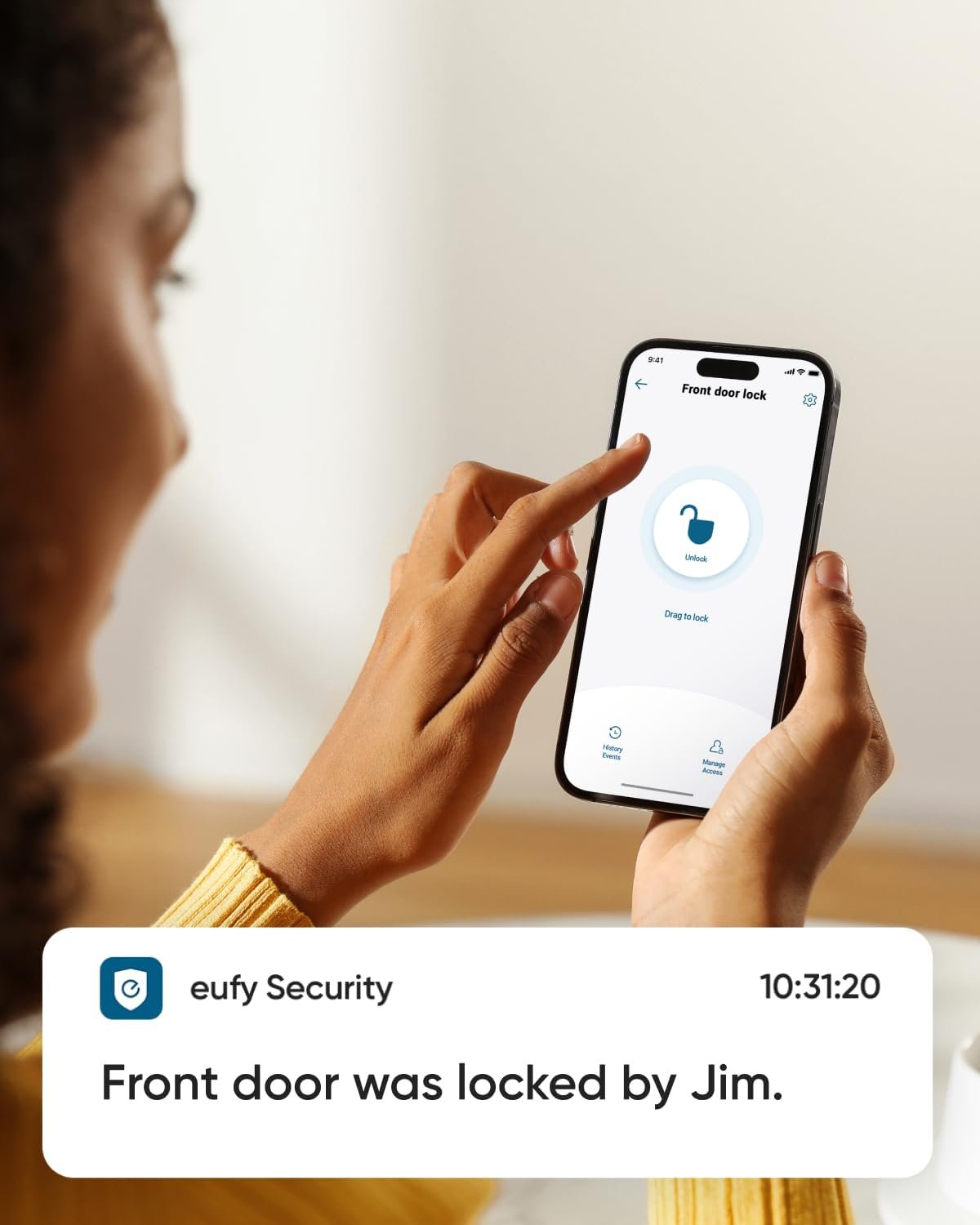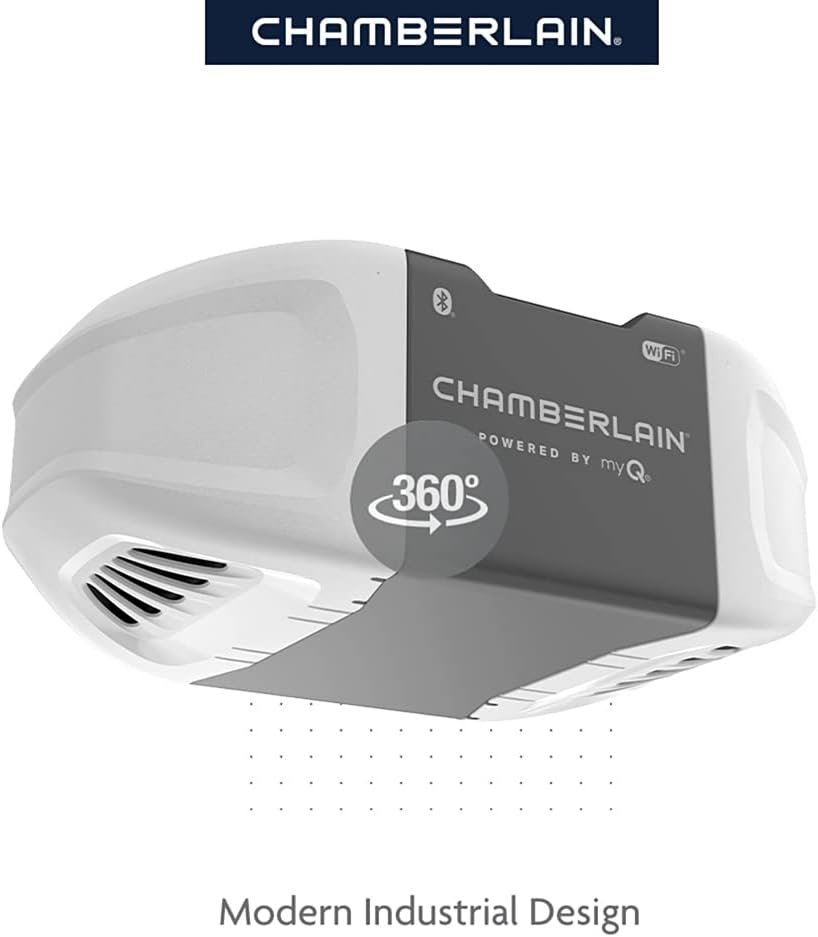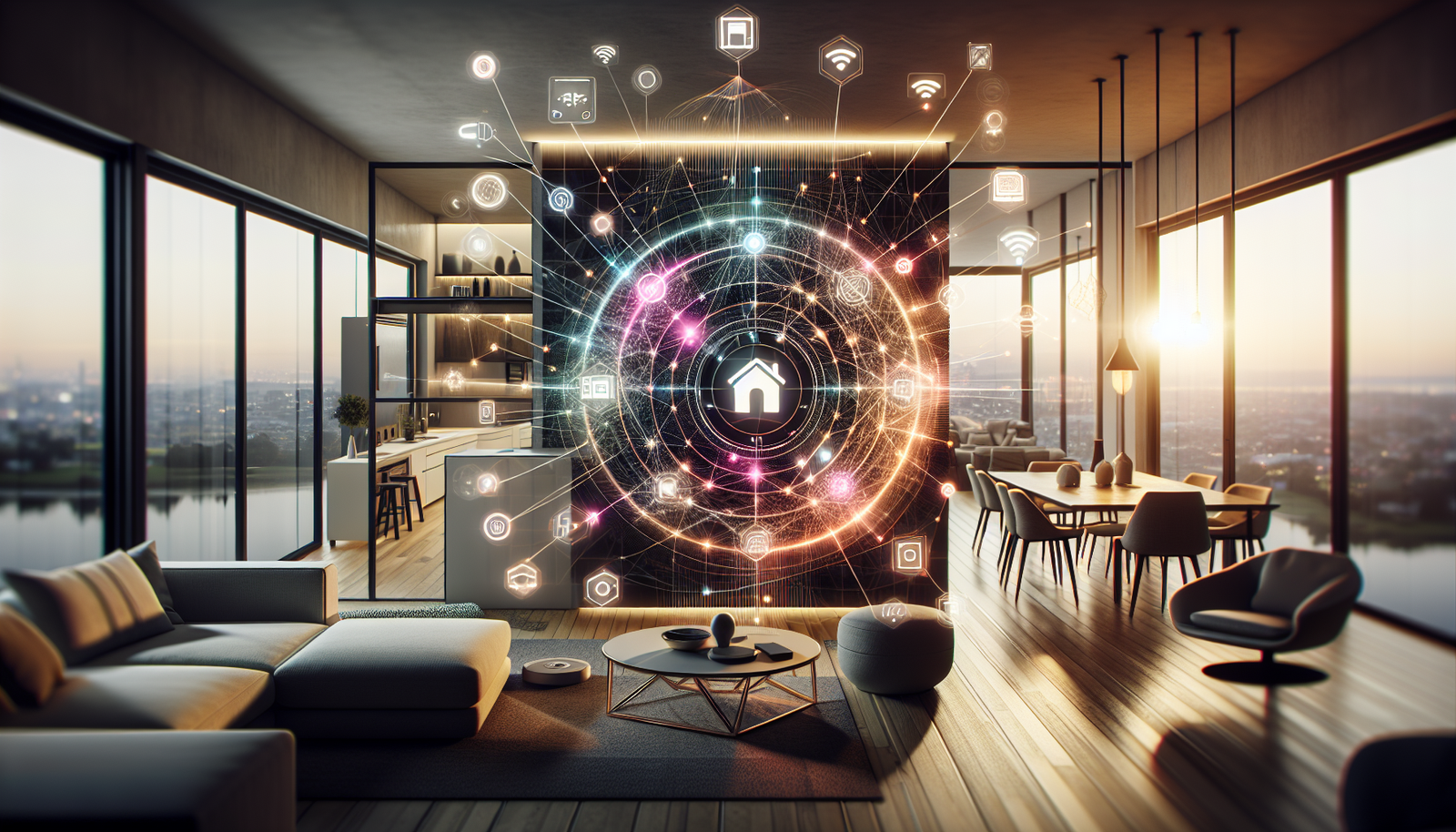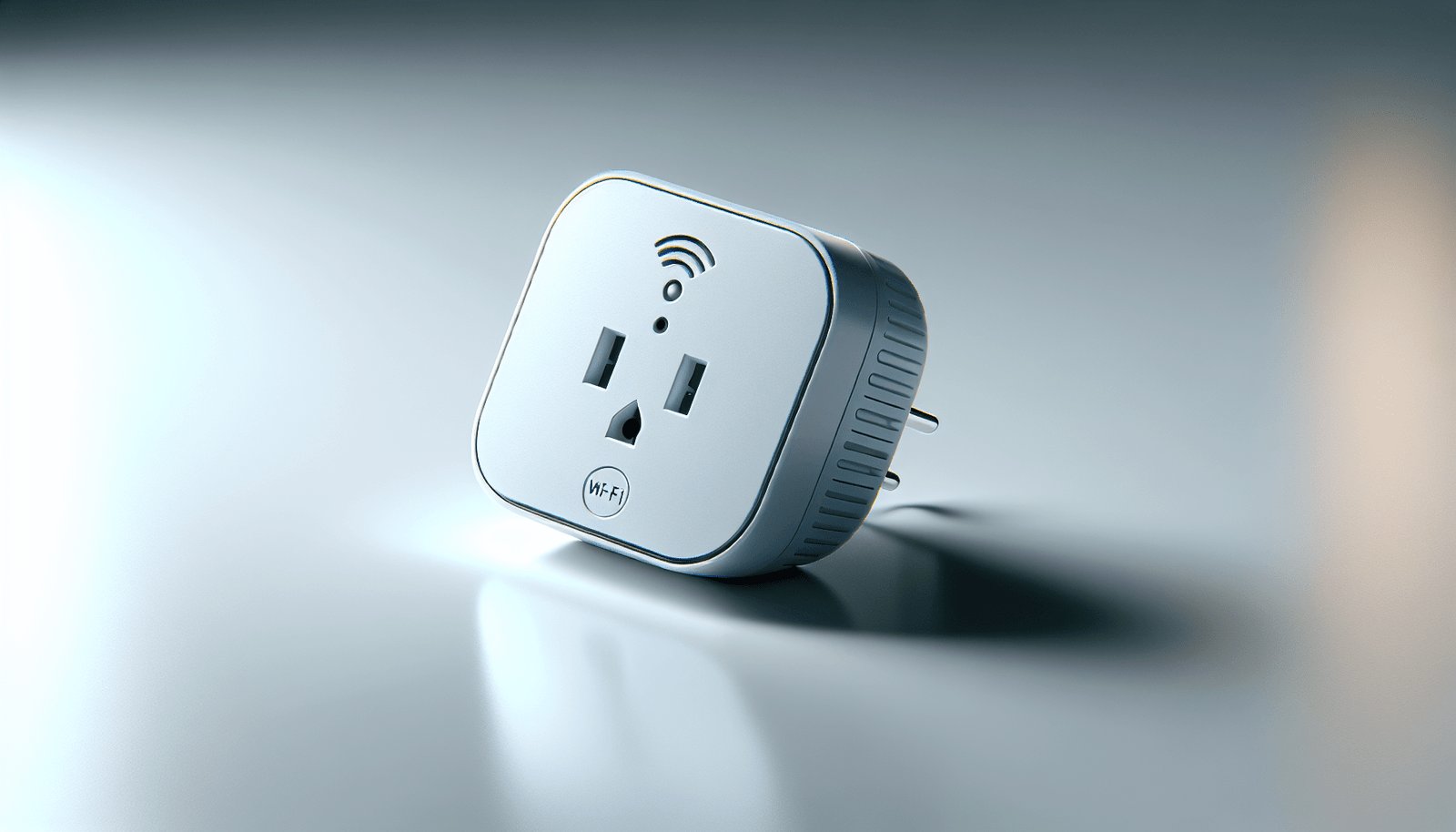Have you ever wondered how to transform your living space into a tech-savvy, energy-efficient haven without breaking the bank or taking on a complete renovation project? If your answer is yes, then smart plugs might just be the ideal starting point for your smart home journey.
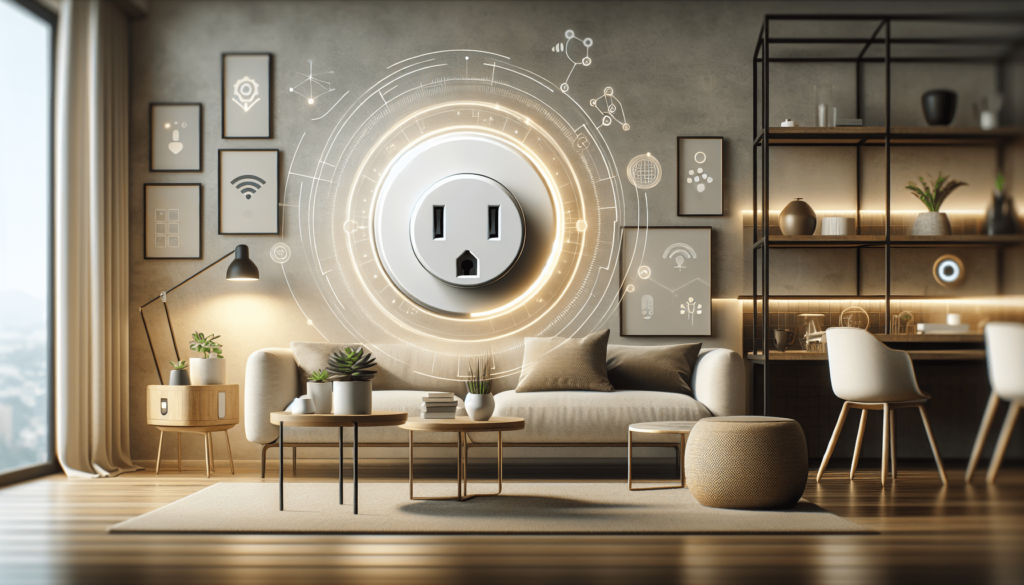
Introduction to Smart Plugs
In recent years, smart plugs have become increasingly popular among homeowners, renters, and tech enthusiasts alike. These nifty gadgets turn any ordinary appliance into a smart device, offering you convenience, control, and the potential for energy savings. Whether you’re new to smart technology or a seasoned pro, understanding the features and functionality of smart plugs is vital.
What Are Smart Plugs?
Smart plugs are compact devices that fit into a standard electrical outlet. They allow you to control the power flow to various appliances via a smartphone app or a smart speaker. By acting as an intermediary between the outlet and the device, smart plugs enable you to automate tasks, save energy, and even boost home security.
Why People Use Smart Plugs
Smart plugs have gained popularity due to their ease of use and a plethora of benefits. Whether you’re looking to simplify tasks, cut down on energy costs, or enhance your home’s security, these devices are versatile solutions. For homeowners, smart plugs offer a way to integrate technology into everyday life. Renters can appreciate their non-invasive installation, while tech enthusiasts revel in automating their homes.
Key Features of Smart Plugs
Smart plugs come packed with features that make them valuable additions to any home. Let’s break down some of the most valuable characteristics.
Remote Control
One of the most appealing features is the ability to control your devices remotely. Whether you’re at work or on vacation, you can turn your appliances on or off using a smartphone app. This feature not only offers convenience but also peace of mind, knowing you can check whether you’ve left something running.
Voice Control Integration
Most smart plugs integrate effortlessly with voice assistants like Amazon Alexa, Google Assistant, or Apple Siri. This means you can control your devices hands-free, simply by speaking a command. Imagine your hands are full or you’re in a different room—this feature significantly enhances your ease of use.
Scheduling and Timers
Smart plugs allow you to schedule your devices to switch on and off at specific times. This feature is particularly useful for routine tasks, such as ensuring your coffee maker is ready in the morning or turning off lights after bedtime. Timers can also help reduce electricity usage by ensuring devices aren’t left on longer than necessary.
Energy Monitoring
Some smart plugs come equipped with energy monitoring capabilities, allowing you to track the electricity consumption of any connected appliance. By analyzing this data, you can identify which devices consume the most energy and take steps towards more efficient usage, thereby potentially lowering your electricity bills.
Scene Setting and Automation
Scene setting allows you to control multiple devices with a single command. For example, you can create an “Evening Relaxation” scene that dims lights, turns on a calming music playlist, and switches on your heater. Automation can trigger actions based on certain conditions—such as turning on lights when you enter a room—thereby enhancing comfort and convenience.
Safety Features
Safety is a prominent concern, and smart plugs offer features like overload protection to prevent electrical fires. Some models come with child-proof designs, ensuring that the plug is safe even in homes with young children. Moreover, the ability to remotely control appliances decreases the likelihood of fire hazards from forgotten running devices.
How Smart Plugs Work
Understanding how smart plugs work will help you make better use of them. Here’s a simplified version of their functionality.
Basic Operation
Insert the smart plug into an existing electrical outlet, and then plug your appliance into the smart plug. Using the associated app on your phone or tablet, you gain control over the connected device. Set up usually requires connecting the smart plug to your home Wi-Fi network, allowing it to communicate with the app.
Connectivity
Most smart plugs require Wi-Fi to function, facilitating a connection between your device and the app or virtual assistant. Some models support Bluetooth, although this usually limits remote control capabilities. A stable internet connection ensures reliable operation, especially if you plan to control devices from afar.
Compatibility with Home Networks
Smart plugs must be compatible with your home network and other smart home devices. Ensure it supports the Wi-Fi band—either 2.4 GHz or 5.0 GHz—that your home network broadcasts. Additionally, verify compatibility with your virtual assistant or ecosystem for seamless integration.
Installation Process
Installation is typically straightforward and involves plugging in the smart plug, downloading the appropriate app, and following the in-app instructions to pair the device with your network. Some smart plugs also offer step-by-step setup guides to ease this process.
Advantages of Using Smart Plugs
Smart plugs aren’t just a trend—they offer several practical benefits that enhance your living environment.
Energy Efficiency and Cost Savings
By scheduling devices and monitoring energy usage, you can significantly cut down on electricity consumption. Over time, this results in noticeable savings on your utility bills, as you can curb wasteful energy practices.
Simplicity and Convenience
Smart plugs make mundane tasks easier. Imagine setting your coffee maker to start brewing the moment your alarm rings without leaving your bed. These little conveniences add up, effectively making day-to-day life smoother.
Security Enhancements
Smart plugs can make your home more secure. For example, scheduling lights or electronic devices to turn on randomly when you’re away gives the illusion of an occupied home, deterring potential burglars.
Flexibility for Renters
Since smart plugs do not require any permanent installation, they’re perfect for renters looking to integrate smart technology without any alterations or landlord permission. Take them with you when you move, and set them up in your new home just as easily.
Eco-Friendly Living
Adopting smart plug technology contributes towards a more sustainable lifestyle. By reducing unnecessary energy consumption, you are doing your part to lessen environmental impact.
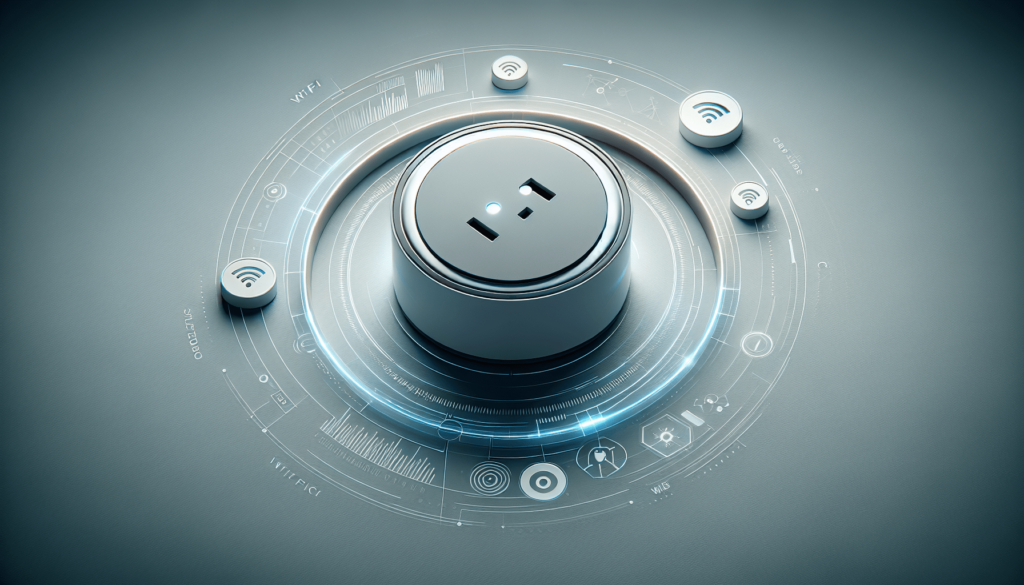
Limitations and Considerations
While smart plugs are impressive, they aren’t without limitations. Here’s what you should consider.
Connectivity Issues
Smart plugs heavily rely on a stable internet connection. Connectivity issues, such as poor Wi-Fi signals, can hinder their performance. Placing a Wi-Fi extender near areas with weak signals can help mitigate this problem.
Compatibility Constraints
Not all smart plugs are compatible with every ecosystem or device. Ensure the smart plug you choose works with your existing devices and home automation systems to avoid any connectivity hiccups.
Limited Features for Some Uses
While smart plugs are handy for turning devices on and off, they may not offer much for devices that require more interaction, like an oven’s temperature controls. Be aware of what each device can and can’t do before purchasing.
Potential Security Concerns
Connecting any smart device to the internet carries potential security risks. Ensure the smart plug’s app is from a reputable manufacturer and is regularly updated to protect against vulnerabilities.
Initial Cost
While the prices of smart plugs have become more competitive, the initial investment can still be a deterrent for some. However, the long-term energy savings often outweigh the upfront costs.
Smart Plugs vs. Traditional Plugs and Smart Switches
Choosing the right technology for your needs is crucial. Here’s a simple comparative breakdown to help you decide.
| Feature | Smart Plug | Traditional Plug | Smart Switch |
|---|---|---|---|
| Remote Control | Yes | No | Yes |
| Voice Integration | Yes | No | Yes |
| Energy Monitoring | Generally Available | No | Only with advanced models |
| Installation | Plug-and-Play | Plug-and-Play | May require electrical wiring knowledge |
| Flexibility for Renters | Very High | High | Limited (due to installation needs) |
| Cost | Moderate | Low | Higher |
Picking the Right Smart Plug for You
With so many options on the market, selecting the best smart plug for your needs involves careful consideration of several factors.
Compatibility with Ecosystems
Consider which ecosystem you are already using—Amazon Alexa, Google Home, or Apple HomeKit—and choose a smart plug that integrates seamlessly. Check device compatibility, especially if you are using older technology.
Features vs. Budget
Consider what features are most important to you. If energy monitoring and scheduling are paramount, ensure your choice includes these. Balance these needs against your budget, recognizing the long-term savings potential.
Manufacturer Reputation
Opt for brands with good reputations for reliability and security. Reading user reviews and checking expert recommendations can help establish this, minimizing the chance of future issues.
Future-Proofing
With emerging trends in smart technology, ensure your chosen model can update its firmware to stay compatible with advancements. Some manufacturers frequently release updates, ensuring their products keep up with technological enhancements.
Troubleshooting and Connectivity Tips
Here are some common issues and solutions to keep your smart plugs performing optimally.
Frequent Connectivity Drops
If your smart plugs frequently disconnect, check your Wi-Fi’s signal strength in areas where devices are used. Consider using a Wi-Fi extender to boost the signal in hard-to-reach areas.
Incompatibility with Wi-Fi Bands
Some smart plugs don’t support 5.0 GHz networks, which means they won’t connect to modern routers set to this frequency. Check your router settings, and ensure compatibility by perhaps enabling a 2.4 GHz network.
Unable to Control Devices Remotely
Ensure your application settings allow for cellular data usage when Wi-Fi isn’t available, and double-check that remote access is enabled within the app.
Smart Plug Unresponsive
Try resetting the smart plug, as detailed in the user manual, and reconfiguring it within the app. Ensure your app is updated to its latest version.
Conclusion
Smart plugs offer a bridge to modern living, turning mundane tasks into seamless experiences and paving the way for increased energy-consciousness. Regardless of your tech-savviness, these devices provide substantial benefits while requiring only minor adjustments to your lifestyle. Select wisely to enhance your home efficiently, and you’ll find that smart plugs are more than just gadgets—they’re an investment in a convenient, connected future.
Disclosure: As an Amazon Associate, I earn from qualifying purchases.


